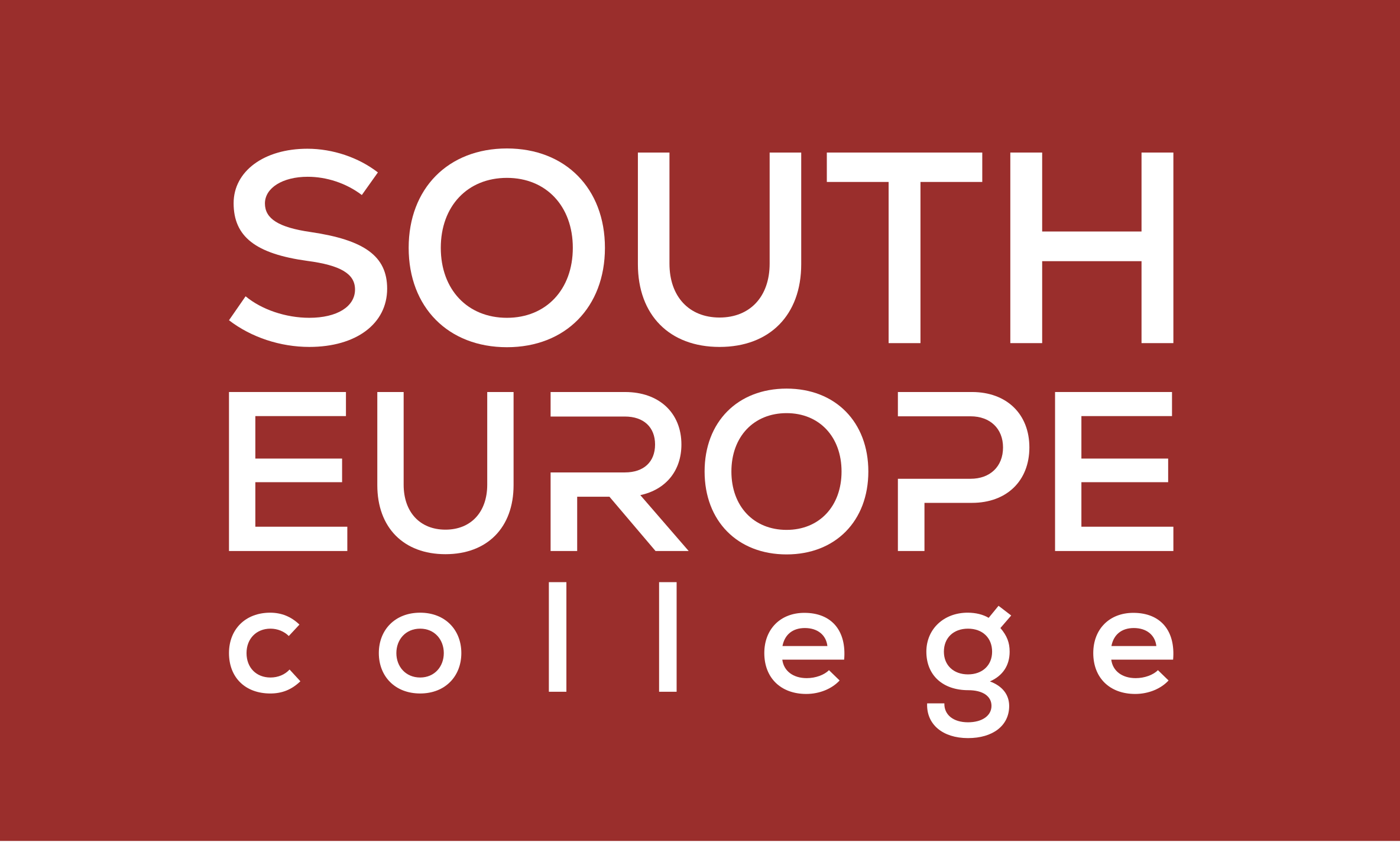The selection criteria, the main objectives, the learning results, the MQF level, the total number of hours of learning, and the number of ECTS will be available on our website.
The website will be updated regularly by SEC’s Public Relations manager.
The College website includes, as a minimum, the following information:
1. Elements of All that SEC will Publish in All Media, Advertising, Published Material or Promotional Material:
• The name of the educational provider: SEC
• The license number
• The category under which is licensed: High Education Institution
• The educational institution’s Internal Quality Assurance Document as approved by the MFHEA
2. Additional Information Above Which SEC Will Include in All Media, Advertising, Published Material or Promotional Material:
SEC will also publish an online prospectus including all the academic programs offered by the College.
This prospectus will include, as a minimum, the following information:
• The name of the Educational Programme
• the accredited status of the educational program
• the level of the qualification on the Malta Qualification Framework (MQF) and the European Qualifications Framework (EQF)
• Where the educational Programme being referred to in the media, advertising, published material, or promotional material is still undergoing accreditation at MFHEA, the text as per Communication MFHEA07/2021, shall be inserted in a clear and prominent manner
• In the case of a homogeneous qualification, the type of course: Qualification or Award
• Mode of delivery: fully online learning
• Hours of total learning: contact hours, self-study hours, supervised placement and practice hours and assessment hours. In the case of educational Programmes having more than one module, these details shall also be published for each individual module
• The workload in terms of number of credits of the educational programme and in the case of educational programmes made up of more than one module, the number of credits of each module
• Mode of attendance: full-time or part -time
• Programme Duration in terms of weeks or months or years
• The target Audience: Age 19/30 or 31/65
• Target Group: The type of learners that the educational institution anticipates joining this educational programme
• Language/ Languages of instruction of the educational programme
• The entry requirements for the educational programme
• Structure of the programme: if the programme has a duration of more than a module/ semester, a structure of how the modules will be delivered per week/month/semester/year shall be published
• The intended learning outcomes of the educational programme and the learning outcomes for each module
• The grading system as approved by the MFHEA
• The pass rates
• The dates for the next intake
• The educational programme fees
The registration method for the educational programme.
The procedures for teaching, learning and assessment are documented in the programme regulations that will be made available on the SEC website and Intranet.
The pass rate is explained in the programme regulations and also on the individual assignment front sheets.
SEC shares public information about the college, programs, courses, admission, and policies via its internet website. Personal information will be collected from every student who applies or enrolls in SEC through the admission application. Only the same student and the assigned staff will be able to view the collected personal information. Throughout the course progress, marks, coursework, and grades will be collected for each student to be added to their academic record. These data will be accessible by only the same student and the assigned staff members. Students’ data may get collected through internal surveys and assessments to be used for quality improvement purposes by SEC. These students’ names, surnames and academic records for the purpose of issuing academic transcripts or certificates shall be kept for a period of 40 years. SEC keeps students’ records for archiving purposes, including personal, financial, and course achievement records.
Attributes
• Attribute 1: Graduates have comprehensive knowledge and understanding of their subject area.
• Attribute 2: Graduates can apply their knowledge and skills to a diverse and competitive work environment.
• Attribute 3: Graduates are creative and able to analyze and think critically.
• Attribute 4: Graduates are able to work in a team and demonstrate leadership skills.
• Attribute 5: Graduates are well prepared for living, learning, and working in a digital society.
• Attribute 6: Graduates act with integrity and take responsibility for their actions.
Academic Integrity
SEC defines a standard of integrity that applies to all students registered in any program. This policy will be informed and applied to all SEC students before they are enrolled in the courses.
All types of academic cheating and dishonesty will be subject to this policy, including plagiarism, cheating during exams, cheating during assignments, copying the work of others, and any kind of offense and dishonesty.
All work submitted by students will be checked automatically by the internet and checked and verified by the assigned instructor.
The consequences for academic dishonesty, plagiarism, cheating, and any other forms of dishonesty can subject a student to academic warning, failing an exam or assignment, failing a course, or suspension from the program (temporary or permanent).
Information Technology Infrastructure
Online infrastructure is developed to deliver fully online instruction. SEC uses two different cloud infrastructure providers and one locally-hosted server for backup, availability, and sustainability purposes.
In addition to the cloud infrastructures and to avoid data loss, a third locally-hosted server is used as a replica of the second server (the backup server), which is implemented for locally hosting all data.
These two backup servers are continuously prepared to provide a recovery system in case of any failure happens. Moreover, access control, security, and firewalls to the server are implemented to bring secure access management to the cloud resources.

